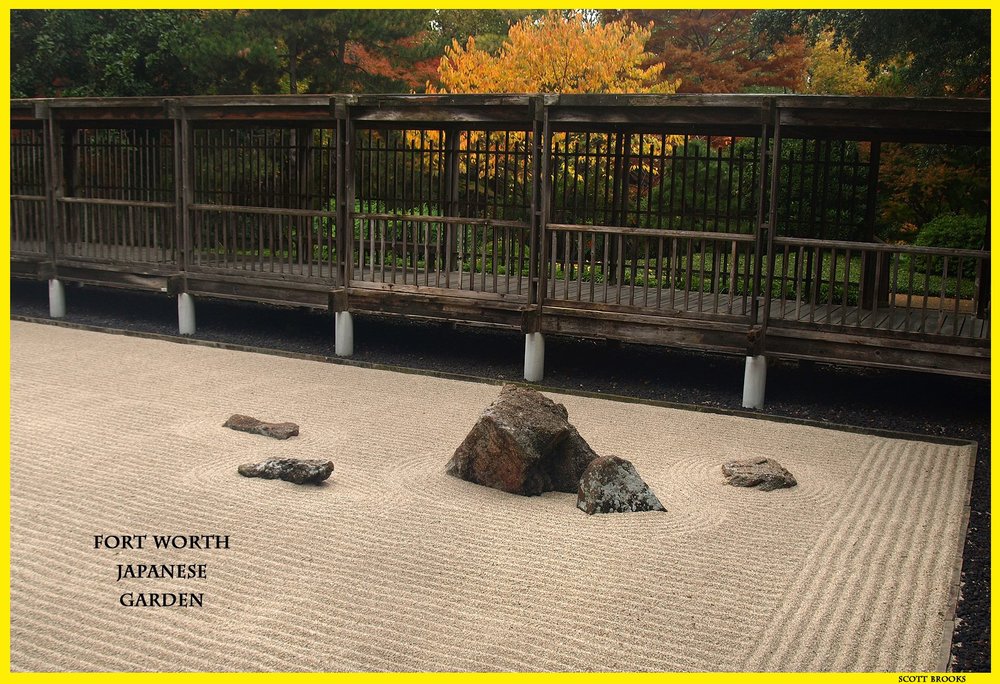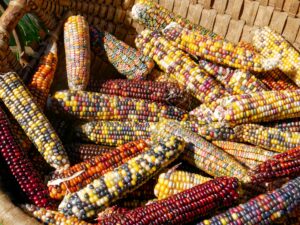We live in a contentious age, and these months leading up to a presidential election are filled with angry, divisive rhetoric. If you’re looking for a break from the disputes and debates, join us for a celebration of peace at the most peaceful place in Texas, the Japanese Garden.
Fort Worth is one of two dozen gardens participating nationwide in the 2024 Gardens for Peace program sponsored by the North American Japanese Garden Association. “We’re trying to spread the philosophy of Japanese gardens through a message of peace,” says Japanese Garden horticulturist Chris Ransom.
The primary activity of the day will be creating a unique pattern in the dry garden, explains Ransom. “All of the participating gardens will rake a peace pattern designed by Hiroshima-based artist, Toshiko Tanaka, a peace activist and A-bomb survivor,” says Ransom.
Dry gardens, known as 枯山水 or “karesansui” in Japanese, are stylized landscapes composed of rocks, pruned trees and shrubs surrounded by gravel. The gravel is first smoothed and then carefully raked into patterns. The gardens originated in Zen Buddhist temples in the 14th and 15th centuries and were intended as a focal point for meditation.
Creating the pattern in Fort Worth’s karesansui will be a slow and mindful process, says Ransom. “There’s a technique to raking evenly, and you have to be very patient. Any misstep really shows,” he says. “You have to get in the right headspace and really focus.”
Guests are invited to watch the progress in the karesansui, talk with volunteers about the initiative and experience the peace of the Garden.
This year, Gardens for Peace coincides with the Celebramos Family Wellness Day, and Ransom says the two go together well.
“Our Celebramos events that day are focused on health and wellness for the entire family, and mental wellness is definitely a part of that,” he says. “Stepping inside the Japanese Garden allows you to slow down and find peace within yourself. And that’s the first step to bringing peace to the world.”





